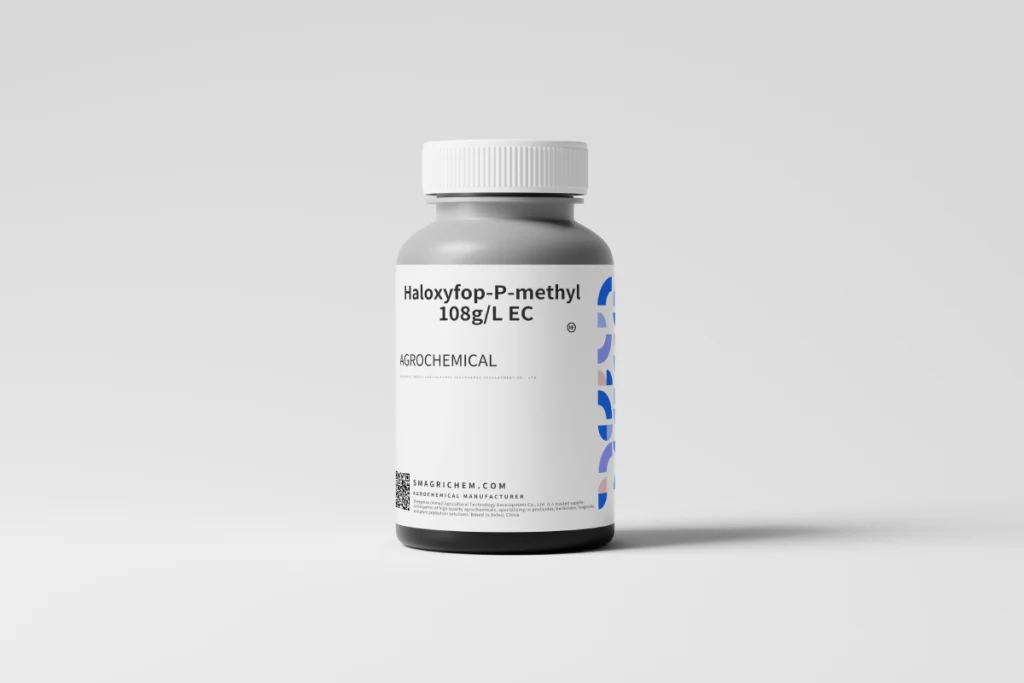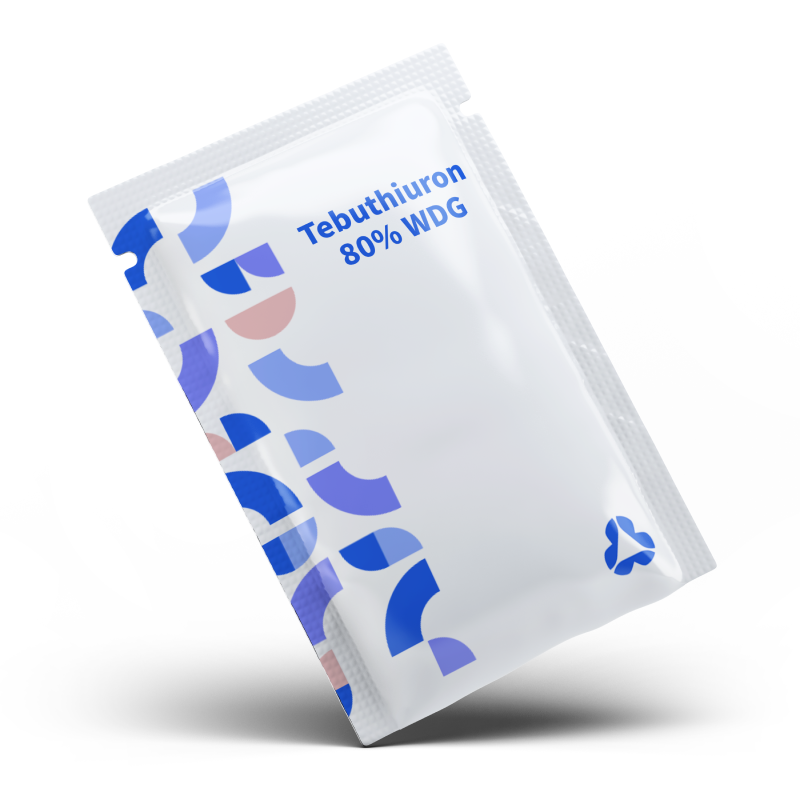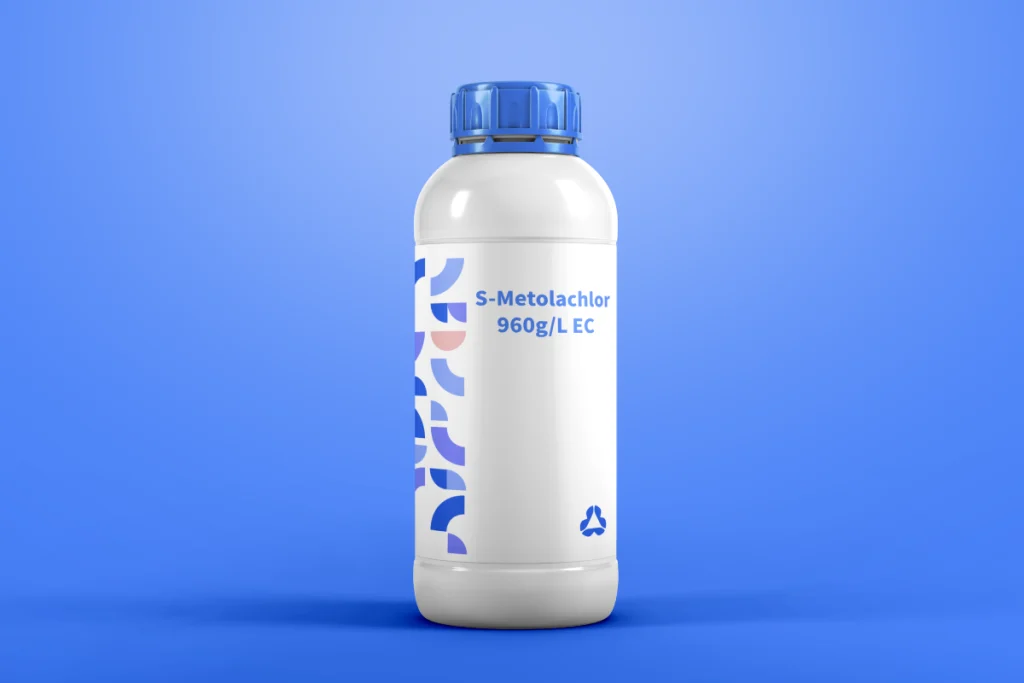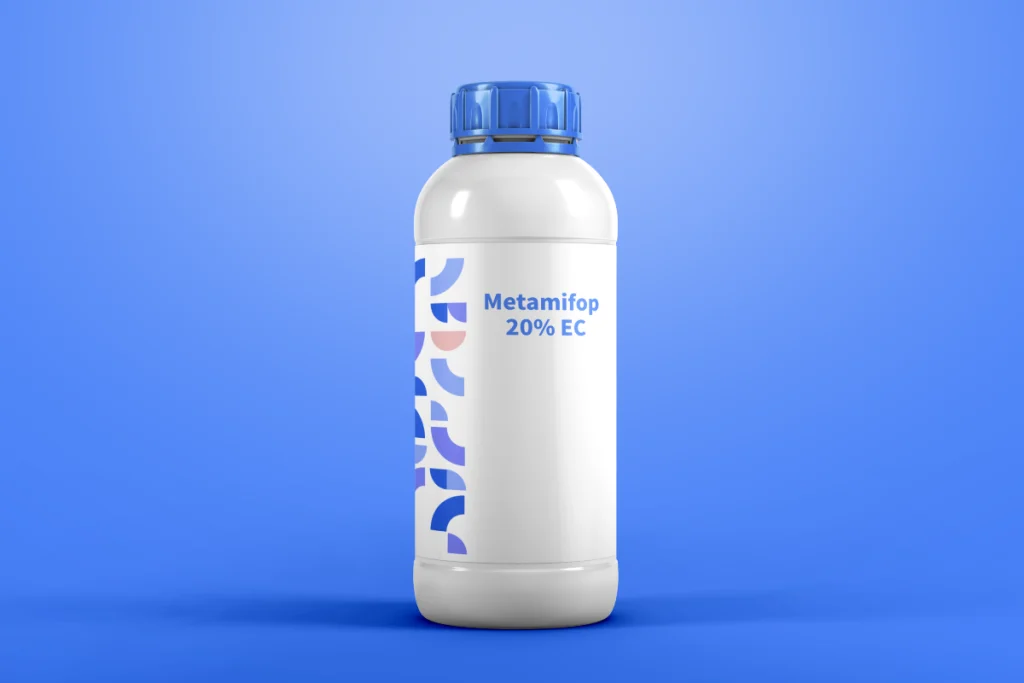Tebuthiuron 80% WDG è un erbicida persistente a base di urea formulato come granulo idrodispersibile, progettato per la soppressione a lungo termine di infestanti a foglia larga, erbe e piante legnose in aree non coltivate (siti industriali, ferrovie) e colture selezionate (canna da zucchero, ananas). Come inibitore della fotosintesi (PSII, HRAC Gruppo 5), fornisce 1-2 anni di controllo residuo attraverso l'assorbimento radicale e la mobilità del suolo, rendendolo ideale per la gestione della vegetazione a bassa manutenzione.

Erbicida Haloxyfop-P-metil – Controllo mirato delle erbe infestanti
Haloxyfop-P-methyl è un erbicida selettivo post-emergenza progettato per garantire un controllo efficace delle infestanti graminacee annuali e perenni senza danneggiare le colture a foglia larga. Grazie al suo meccanismo preciso



